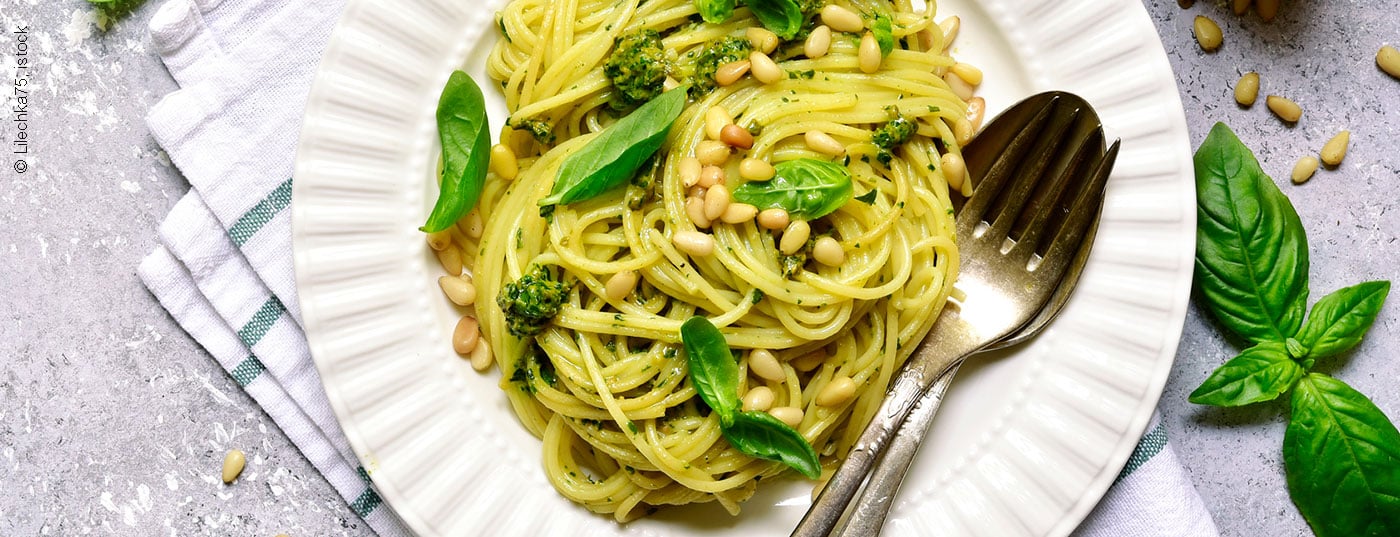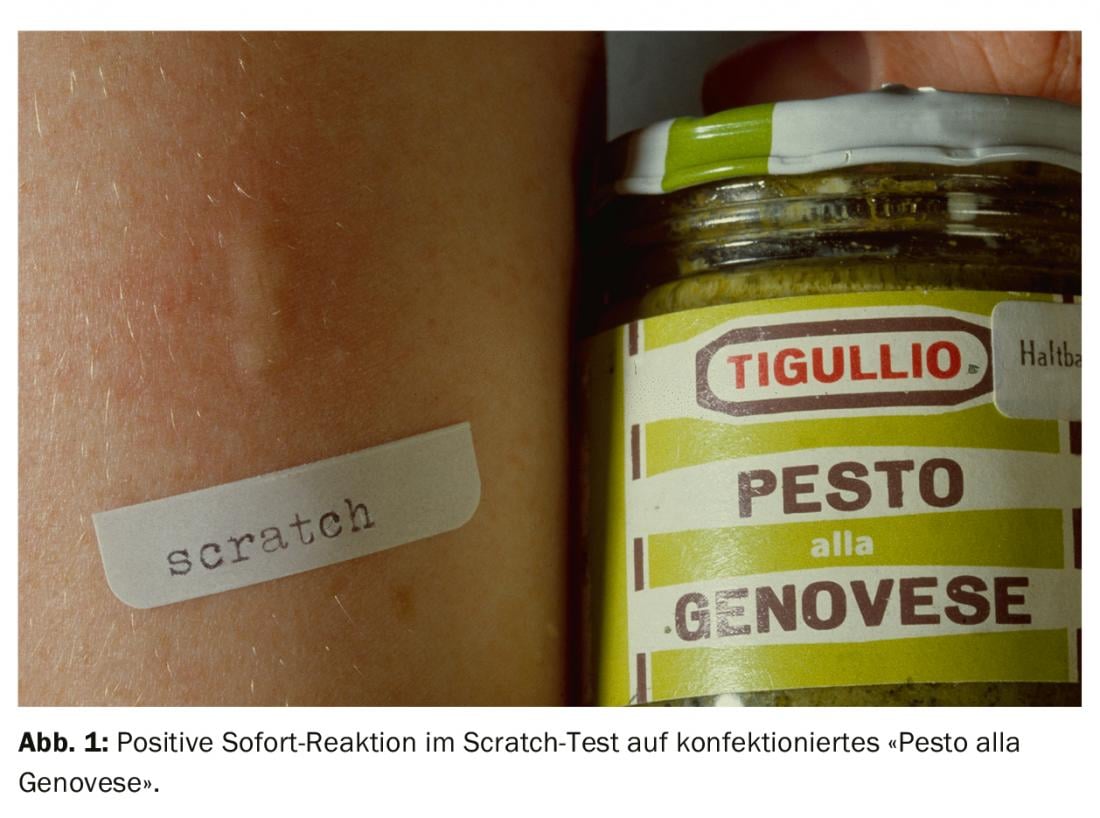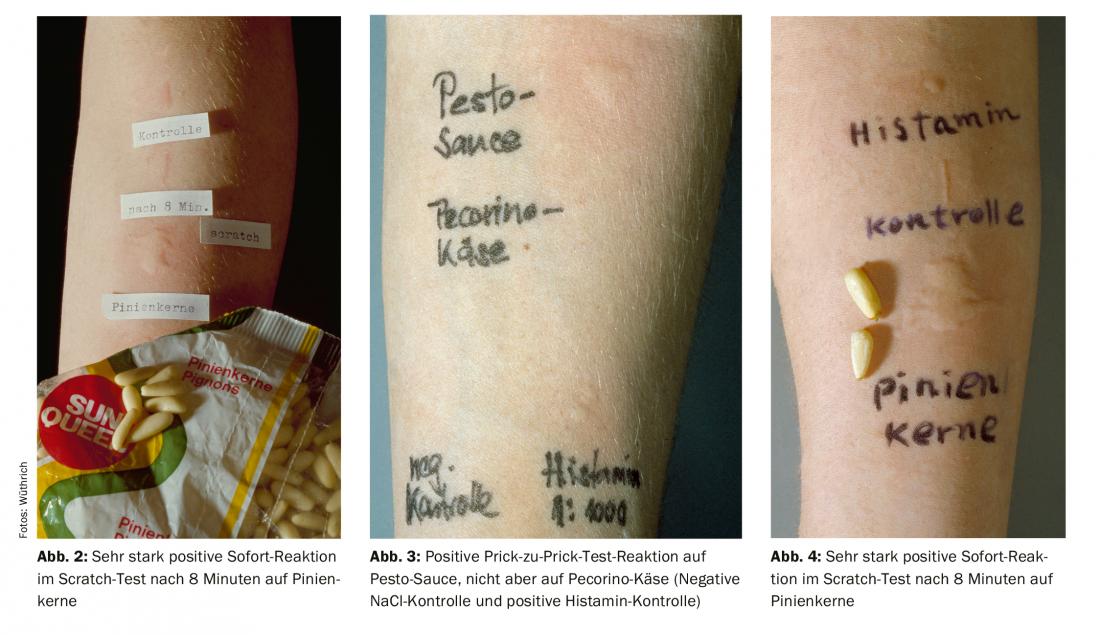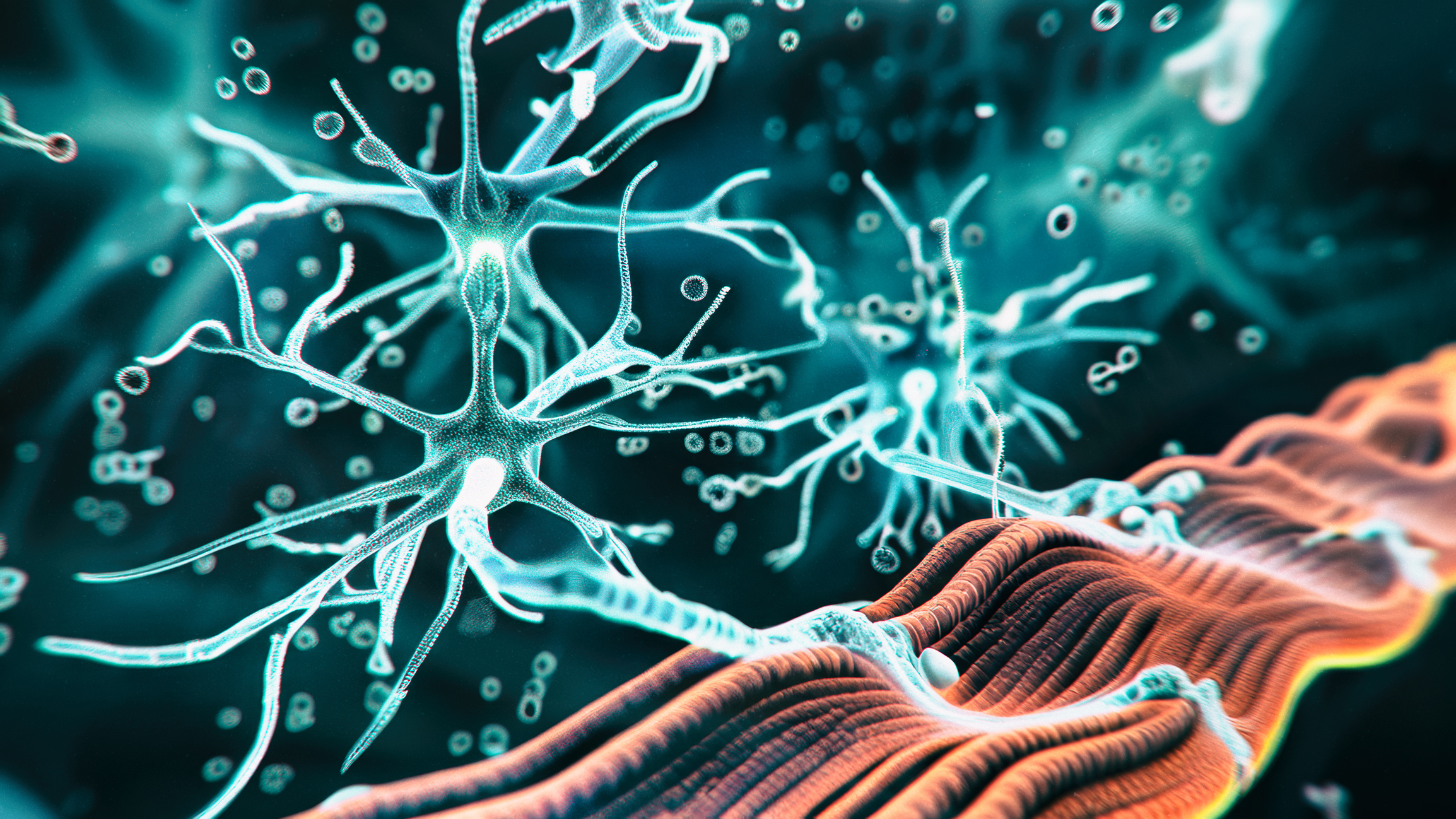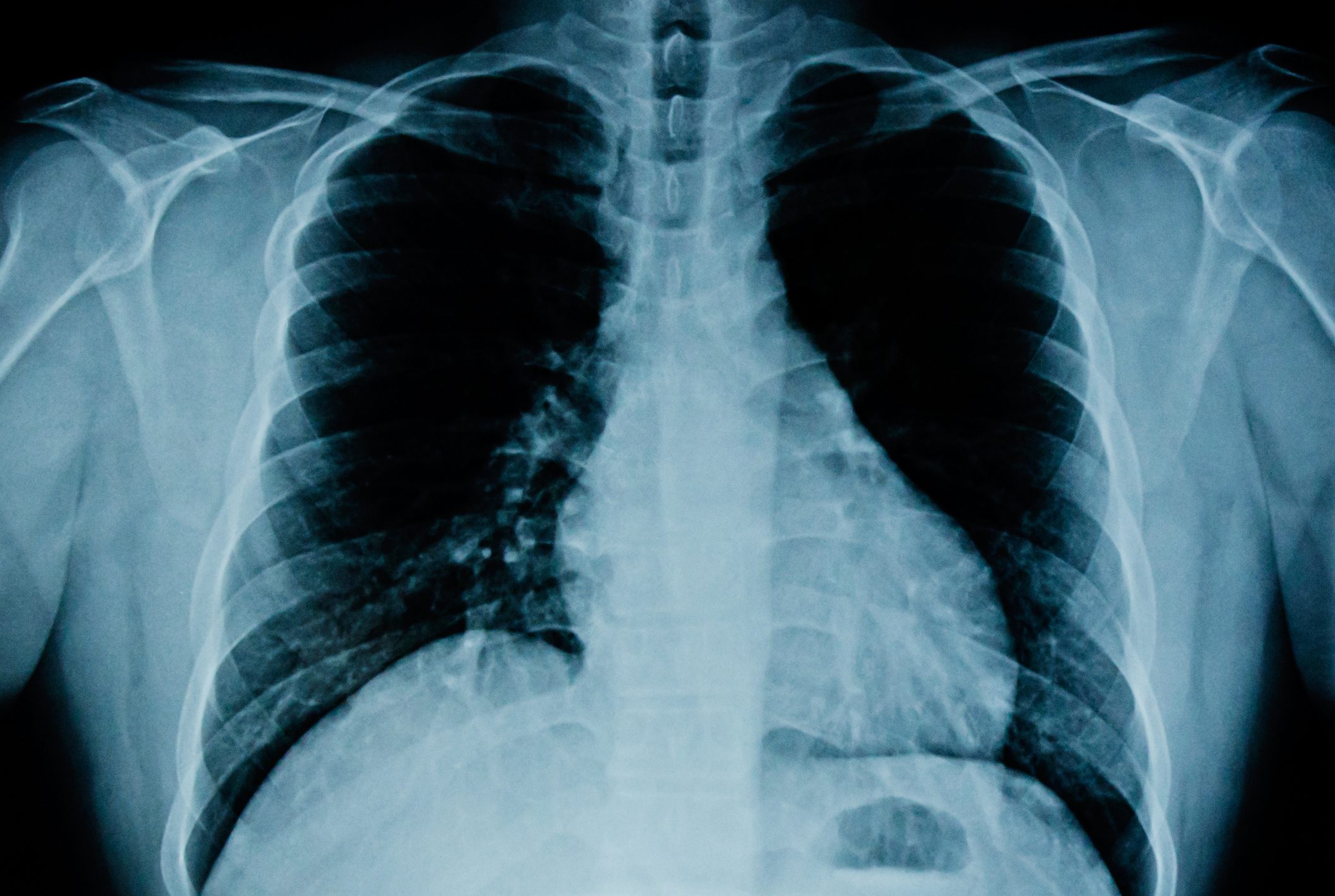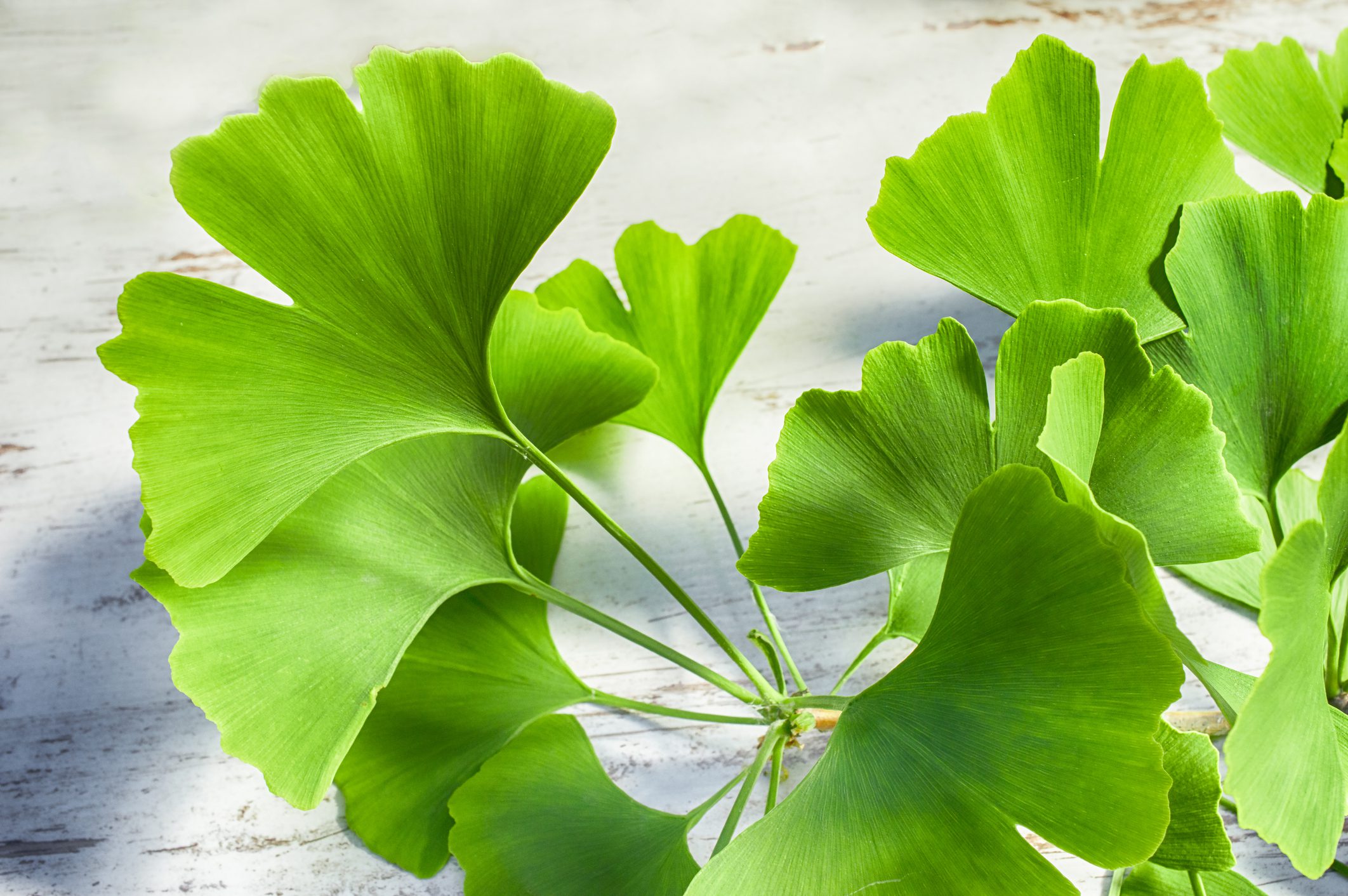The consumption of “Pesto alla Genovese” is not always enjoyable, as this article shows with a case study and the corresponding allergological analysis. Although pine nuts contain a large number of healthy ingredients, they can also lead to severe anaphylactic reactions if a person is predisposed to them.
Anamnesis: The 20-year-old patient (B. Lisette), allergic to pollen and with exertional asthma, was looking forward to a spaghetti party with friends. After eating spaghetti with “Pesto alla Genovese”, there was not – as expected – a release of happy hormones, but a massive histamine release with swelling of the oral and pharyngeal mucosa, dyspnea, palpitations, dizziness, tachycardia, collapse with hypotension during five minutes. The emergency physician who was called to the scene initiated life-saving measures and admitted the patient to the hospital for monitoring. From here, the registration for allergological clarification took place.
Testing
Prick tests with inhalation allergens showed sensitization to pollen from early bloomers, grasses, and mugwort. Of the foods, hazelnuts and almonds were positive. Scratch testing with the purchased sauce “Pesto alla Genovese” was positive (Fig. 1) . The patient suspected an allergy to a preservative (E-No.). The Ticino allergist knew that a good “Pesto alla Genovese” is prepared not only with fresh basil, garlic cloves, grated Parmesan and pecorino and olive oil, but as a delicacy with ground pine nuts. The patient was instructed to obtain pine nuts for testing. As expected, the scratch test was very strongly positive after only 8 minutes (Fig. 2).
Diagnosis
- Pesto anaphylaxis in case of sensitization to pine nuts
- Rhinoconjuctivitis pollinosa
- Effort-induced asthma (anamnestic)
- Sensitization to hazelnuts and almonds
Another case
18-year-old J. Eliane, with rhinoconjunctivitis pollinosa in February through June, experienced itching both oral and generalized after eating raw apples in the past, so she consistently avoided this fruit. Contact urticaria with swelling of the lips occurred after a kiss from the boyfriend, who had previously eaten an apple.
The visit to the allergy ward occurred because she suffered a massive Quincke’s edema of the face with respiratory distress after a “risotto al pesto”.
Allergological testing
There were very strong positive prick test reactions to hazel, alder, birch and ash pollen as well as positive immediate reactions in prick-to-prick testing with raw apples, raw celery and carrot (cooked negative). In the prick-to-prick test for the purchased pesto sauce and its ingredients, the pesto sauce was positive, but basil, Parmesan and pecorino cheeses, garlic flakes and peanut oil were negative (Fig. 3); the scratch test with pine nuts was strongly positive after only 3 minutes.
Diagnosis
- Pesto allergy in case of sensitization to pine nuts
- Rhinitis pollinosa to early blossomers with birch pollen-associated allergy to raw apples with “kissing allergy
Pine nuts (Pinus pinea): next to the macadamia nut one of the most expensive nuts
The pine heart comes from the pine-like pine tree, which can grow up to 30 meters. Characteristic of the pine is the umbrella-shaped, imposing tree crown, which is visible from afar. The tree often lives more than 100 years. The needles are evergreen and stand in pairs. The seeds are in the egg-shaped cones and are ripe after about three years. After opening the cones, they drop the seeds. Inside is the edible pine nut. In the unpeeled form, the kernels can be kept for many months [1]. One cone contains about 120 pine nuts [2].
The delicate pine nuts are one of the most expensive nuts, along with the macadamia nut. The pine tree, which is probably native to the Iberian Peninsula, was already popular in ancient times because of its tasty kernels [1].
Nowadays, the trees grow throughout the Mediterranean region. Only after about 15 years, the harvest of the very slow-growing pine is worthwhile. This is done very laboriously and time-consuming by hand. First of all, you need to remove the core of the pine from the cones. This is followed by the removal of the thick and hard shell and the seed coat by which it is encased. Now all that remains is the elongated creamy white pine nut. Therefore, it is one of the most expensive nuts. The sweet pine nuts taste slightly almondy and for this reason are well suited for fruit salads and cakes [1].
Pine nuts: a source of active ingredients beneficial to health
Pine nuts are very healthy: nutritionists point out the ingredients of the kernels and their healing properties [1]. The pine nuts contain a lot of vitamins B1, B2 and A, as well as niacin. The latter is involved in numerous enzymatic processes. In addition, it has an antioxidant effect, supports the regeneration of the skin, DNA, muscles and nerves. Vitamin B2 supports the conversion of proteins, fats and carbohydrates into energy. Vitamin A is involved in the formation of skin, mucous membranes and cartilage tissues. It is also important for the eyes. Pine nuts also contain a lot of selenium. This trace element belongs to the essential nutrients. Selenium protects cells from free radicals and thus from infections, premature aging and cancers. The large amount of vitamin A in the pine kernel further enhances these positive effects. For people with a high physical performance profile, the vitamin E content is optimal, because this vitamin acts as a powerful antioxidant that protects cells from the harmful free radicals, especially during stress. With more than 600 mg of phosphorus per 100 g, pine nuts almost cover the daily requirement, which is 700 g on average. The mineral ensures, for example, strong bones and a healthy cell structure. The high magnesium content is very interesting especially for athletes, because it supports the muscles. Pine nuts have abundant vegetable fats, yet they do not contain cholesterol. Regular consumption of the seeds improves metabolism, memory, nervous and immune system [1].
Allergic reactions to pine nuts
Pine nuts are mainly consumed in Mediterranean countries and in the USA, but are also increasingly used in our country for salads, pastries and sauces. Numerous individual cases of severe anaphylactic reactions to pine nuts, also in children and infants, are known (overview in [3]). As a curiosity, the case of a man who suffered a severe reaction after eating birds previously fed with pine nuts was described [4,5].
Pine nut allergens and cross reactivities
According to Jäger and Vieths [3], different IgE binding structures in the range of 10 to 70 kDa were described in immunoblots [6]. In sera from three Spanish patients who had no other sensitization to other nuts or foods, binding to the 17-kDa band was particularly evident, so this allergen may be of particular importance [7]. The question of whether pine nut allergy sufferers may have been sensitized by pine pollen cannot be answered universally [3]. One reference describes three pine pollen allergic patients, one of whom reacted with symptoms to the consumption of pine nuts [8]. Cross-reactivity has been shown for tonsils [9]. Regarding co-sensitizations to other nuts, peanuts or pollen, the picture is mixed. Pine nut allergic patients with positive as well as negative skin tests to other tree nuts, peanuts or pollen have been documented [3]. One patient additionally suffered from an allergy to Brazil nuts, which was also detectable as serological sensitization [9]. An association with mugwort pollen seems possible [10].
For in vitro diagnostics, IgE determination (CAP, ThermoFisher) of f253 (Pinus edulis) is available [11].
Allergies due to kissing: a “connubial allergy
As the second case report describes, the birch pollen- and apple-allergic patient developed an allergic reaction after kissing her boyfriend, who had eaten an apple shortly before. So-called “derivative” allergies are unusual routes of triggering when the affected allergy sufferer is not directly exposed to the allergen, e.g. by ingestion, injection or inhalation, but when the allergen contact is through a second person (partner, mother, etc.). Triggering by sexual intercourse, e.g., by an allergen (penicillin, peanut) in semen, is called “connubial allergy” [12]. Food allergy due to kissing represents one of them. The described case study was published by me; this publication is considered to be the first such report in the medical literature [13]. The second case I published concerned a dipl. Chemist HTL, asthmatic until puberty and with high-grade peanut allergy since childhood. He suffered several incidents after “hidden” peanut allergens despite great caution. The last event occurred during a greeting kiss of the girlfriend: lip swelling and severe shortness of breath occurred immediately after the kiss. Investigation revealed that the friend had consumed peanuts about 2 hours earlier and, knowing of the friend’s high-level allergy, had brushed her teeth thoroughly afterwards, rinsed her mouth well, and chewed a stick of gum! Apparently, minute amounts of peanut allergens were still present in the saliva [14].
Based on my publications, USA authors examined their database: “We were surprised” – they wrote – “at the number of food allergic patients who spontaneously reported allergic symptoms after kissing.” Of 379 patients with IgE-mediated NMA to nuts or seeds, 20 (5.3%) (4 men and 16 women) developed localized itching and swelling or urticaria in the kissed area, four also developed respiratory distress. The reaction occurred in less than a minute [15]. A study of the incidence of food allergy in 1129 patients in Sweden found that 12% developed allergic symptoms when they were in close contact (e.g., kissing) with a person who had eaten the allergenic food before exposure [16]. 13% of the patients experienced allergic reactions when they were in the vicinity of persons eating the corresponding food; 17% experienced allergic reactions when they were in the kitchen while another person was preparing the allergenic food. In the patient magazine aha!News the following piquant story was to be read: “A female allergist and an allergist (both about forty, married, from D, he nut-allergic) got to know each other on a congress more near and fell in love with each other. One day she ate a plum cake with hazelnut topping on her way to his house, unaware that she was causing drama. It happened very quickly – after the amorous kiss, the beloved got the most severe shortness of breath. Thanks to the emergency medication he had on him, the damage was limited. Why his wife found out what happened is beyond our knowledge [17], but when she told it, a dose of humor resonated. She probably consoled herself with the thought that instead of kissing, he could only pant. Well, the liaison did not last”.
Literature:
- MedLexi.de: Pine nut. https://medlexi.de/Pinienkern, last accessed 17 May 2019
- Trueb L: Fruits and nuts from around the world. Stuttgart, Leipzig: Hirzel Verlag, 1999.
- Jäger J, Vieths S: Food allergens. 8.10.8 Pine nuts (Pinus pinea). In: Jäger L, Wüthrich B, Ballmer-Weber B, Vieths S (eds). Food allergies and intolerances. Immunology – Diagnostics – Therapy – Prophylaxis. 3rd ed. Elsevier GmbH, Munich: Urban & Fischer 2008: 183-184.
- Senti G, Ballmer-Weber BK, Wüthrich B: Nuts, seeds and kernels from an allergological point of view. Schweiz Med Wochenschr 2000; 130: 1795-1804.
- Jansen A, Vermeulen A, Dieges PH, van Toorenenbergen AW: Allergy to pine nuts in a bird fancier. Allergy 1996; 51: 741-744.
- Hipler UC, Spoo J, Elsner P, Bauer A: Anaphylactic shock after ingestion of pine nuts. Allergology 2004; 27: 462-467.
- García-Menaya JM, et al: A 17-kDa allergen detected in pine nuts. Allergy 2000; 55: 291-293.
- Armentia A, et al: Allergy to pine pollen and pine nuts: a review of three cases. Ann Allergy 1990; 64: 49-53.
- de las Marinas D, Vila L, Sanz ML: Allergy to pine nut. Allergy 1998; 53: 220-222.
- García Ortiz JC, Cosmes PM, López-Asunsolo A: Allergy to foods in patients monosensitized to Artemisia pollen. Allergy 1996; 51: 927-931.
- Thermo Fisher Scientific Inc: Pine nut, pignoles. www.phadia.com/de/4/Produkte/ImmunoCAP-Allergens/Food-of-Plant-Origin/Seeds–Nuts/Pine-nut-pignoles-/, last accessed May 17, 2019.
- Morren MA, et al: Connubial contact dermatitis: a review. Eur J Dermatol 1992; 2: 219-223.
- Wüthrich B: Oral allergy syndrome to apple after a lover’s kiss. Allergy 1997; 52: 236.
- Wüthrich B: Kiss-induced allergy to peanut. Allergy 2001; 56: 913.
- Hallet R, Haapanen LAD, Teuber SS: Food allergies and kissing. N England J Med 2002; 346: 1833-1834.
- Eriksson NE, et al: The hazard of kissing when you are food allergic. J Invest Allergol Clin Immunol 2003; 13: 149-154.
- aha! news No. 5, September 2003, p. 25.
DERMATOLOGIE PRAXIS 2019; 29(3): 8-11


